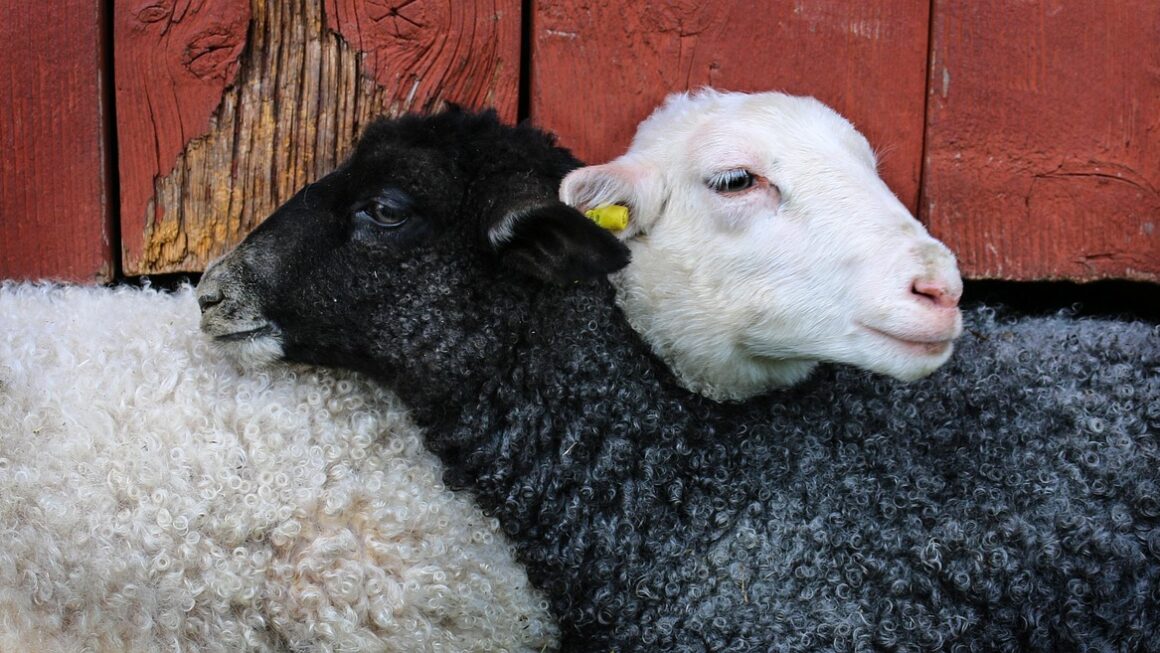Friendships, like any relationship, require nurturing, understanding, and sometimes, conflict resolution. Disagreements, misunderstandings, and differing expectations are inevitable parts of the human experience, and when they arise in friendships, they can be unsettling. But conflict doesn’t have to spell the end of a valuable connection. In fact, navigating disagreements effectively can actually strengthen bonds and deepen understanding. This guide explores the common causes of friend conflict, offers strategies for resolution, and emphasizes the importance of communication in maintaining healthy and fulfilling friendships.
Understanding the Roots of Friend Conflict
Friendship conflicts are rarely born out of thin air. They often stem from underlying issues, differing perspectives, or unmet needs within the relationship. Identifying the root cause is the first step towards effective resolution.
Common Causes of Disagreements
- Misunderstandings: These are perhaps the most common cause. A misinterpreted text message, a joke that falls flat, or a misconstrued action can quickly escalate into a full-blown argument.
Example: Sarah assumes her friend Emily is ignoring her because she hasn’t responded to a text. In reality, Emily’s phone died, and she hasn’t seen the message.
- Differing Values and Beliefs: As people grow and evolve, their values and beliefs might diverge. This can lead to friction when those beliefs clash on important issues.
Example: Two friends have differing political views and find it difficult to discuss current events without arguing.
- Unequal Effort and Investment: Friendships are built on mutual effort. If one person feels like they are consistently putting in more effort than the other, resentment can build.
Example: David always initiates plans and supports his friend Michael, but Michael rarely reciprocates.
- Jealousy and Competition: While healthy competition can be motivating, excessive jealousy can poison a friendship. This can manifest as resentment over accomplishments or possessions.
Example: Lisa feels envious of her friend Jessica’s successful career and starts making subtle digs about her work.
- Boundary Violations: Clear boundaries are essential in any relationship. When boundaries are crossed, it can lead to hurt feelings and conflict.
Example: Maria consistently asks her friend Chloe for money, even though Chloe has repeatedly stated she’s not comfortable lending it.
- Lack of Communication: Failing to openly and honestly communicate needs, feelings, and expectations is a breeding ground for misunderstandings and resentment.
Recognizing Conflict Styles
Understanding your own and your friend’s conflict style can be incredibly helpful in navigating disagreements. People tend to approach conflict in different ways.
- Avoiders: These individuals tend to shy away from conflict altogether, often suppressing their feelings to maintain peace.
Benefit: Can prevent unnecessary escalation of minor issues.
Drawback: Can lead to resentment and unresolved problems.
- Accommodators: They prioritize the other person’s needs and feelings over their own, often sacrificing their own desires to avoid conflict.
Benefit: Can create harmony and show empathy.
Drawback: Can lead to feeling taken advantage of and unfulfilled.
- Competitors: These individuals are assertive and focused on winning the argument, often at the expense of the relationship.
Benefit: Can lead to quick resolution of issues.
Drawback: Can damage relationships and create resentment.
- Compromisers: They seek a middle ground where both parties can get some, but not all, of what they want.
Benefit: Can lead to fair and mutually acceptable solutions.
Drawback: Can leave both parties feeling slightly unsatisfied.
- Collaborators: They aim for a win-win solution where both parties’ needs are fully met. This requires open communication and a willingness to understand the other person’s perspective.
Benefit: Can strengthen relationships and lead to creative solutions.
Drawback: Can be time-consuming and require a high level of emotional intelligence.
Strategies for Resolving Friend Conflict
Once you’ve identified the cause of the conflict and considered your respective conflict styles, you can start implementing strategies for resolution.
Effective Communication Techniques
- Active Listening: Pay close attention to what your friend is saying, both verbally and nonverbally. Try to understand their perspective without interrupting or judging. Paraphrase their points to ensure you understand correctly.
Example: “So, if I’m understanding correctly, you’re feeling hurt because you feel I haven’t been supporting you lately?”
- “I” Statements: Express your feelings and needs using “I” statements, which focus on your own experience rather than blaming the other person.
Example: Instead of saying “You always make me feel ignored,” try “I feel ignored when you don’t respond to my texts.”
- Empathy and Validation: Acknowledge your friend’s feelings and validate their experience, even if you don’t agree with their perspective.
Example: “I understand why you’re upset. It sounds like you’re feeling frustrated and unappreciated.”
- Finding Common Ground: Look for areas where you agree, even if you disagree on other points. This can help create a sense of connection and facilitate compromise.
- Taking a Break: If the conversation becomes too heated, take a break to cool down and gather your thoughts.
- Choosing the Right Time and Place: Don’t try to resolve a conflict when you’re tired, stressed, or in a public setting. Find a time and place where you can both talk openly and honestly without distractions.
Finding Solutions and Compromises
- Brainstorming: Generate a list of possible solutions without judgment. Encourage your friend to do the same.
- Evaluating Options: Discuss the pros and cons of each solution and choose the one that best meets both of your needs.
- Compromising: Be willing to give up something in order to reach an agreement.
- Setting Boundaries: Establish clear boundaries to prevent future conflicts.
Example: “Let’s agree that we won’t discuss politics when we’re together.”
- Forgiveness: Forgiveness is crucial for moving forward. Let go of the resentment and focus on rebuilding the friendship. This doesn’t mean forgetting what happened, but rather choosing not to let it define the relationship.
Maintaining Healthy Friendships
Conflict is a natural part of any relationship, but proactively maintaining healthy friendships can minimize the frequency and intensity of disagreements.
Investing in the Relationship
- Quality Time: Make time for regular hangouts, even if it’s just for a quick coffee or phone call.
- Showing Appreciation: Express gratitude for your friend’s presence in your life.
Example: “I really appreciate you being there for me during a tough time.”
- Active Support: Be there for your friend during both good times and bad. Offer practical help, emotional support, and encouragement.
- Celebrating Successes: Share in your friend’s joys and celebrate their accomplishments.
Cultivating Open Communication
- Regular Check-ins: Schedule regular check-ins to discuss how you’re both feeling about the friendship.
- Honesty and Transparency: Be honest and transparent with your friend, even when it’s difficult.
- Open to Feedback: Be open to receiving feedback from your friend, even if it’s critical.
- Addressing Issues Promptly: Don’t let small issues fester. Address them promptly and constructively.
- Learning Each Other’s Love Languages: Understanding how your friend best receives love and affection can significantly improve your communication and connection. Common love languages include words of affirmation, acts of service, receiving gifts, quality time, and physical touch.
When to Seek External Help
While most friend conflicts can be resolved through open communication and compromise, there are times when seeking external help is necessary.
Recognizing When Professional Assistance is Needed
- Repeated Unresolved Conflicts: If you and your friend repeatedly have the same arguments without finding a resolution, it might be time to seek professional help.
- Communication Breakdown: If you are no longer able to communicate effectively with each other, a therapist can help facilitate communication and identify underlying issues.
- Significant Emotional Distress: If the conflict is causing significant emotional distress, such as anxiety, depression, or sleep problems, seeking therapy can provide support and coping strategies.
- Power Imbalance: If there is a significant power imbalance in the relationship, such as one person being consistently dominant or controlling, a therapist can help address these dynamics.
- Unhealthy Relationship Patterns: If the friendship exhibits unhealthy relationship patterns, such as codependency or enabling behaviors, a therapist can help identify and address these patterns.
- Mediation: A neutral third party can help facilitate communication and find a mutually acceptable solution.
Conclusion
Friendship conflicts are an inevitable part of life, but they don’t have to spell the end of a meaningful connection. By understanding the root causes of conflict, adopting effective communication techniques, and proactively investing in the relationship, you can navigate disagreements and strengthen your friendships. Remember that open communication, empathy, and a willingness to compromise are key to resolving conflicts and maintaining healthy, fulfilling friendships. When conflicts become overwhelming or communication breaks down, seeking external help can provide valuable support and guidance. Ultimately, the effort you put into resolving conflicts will contribute to a deeper, more resilient, and more rewarding friendship.




